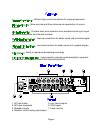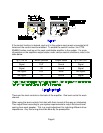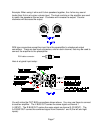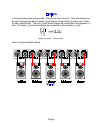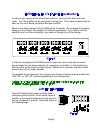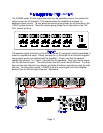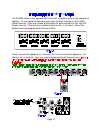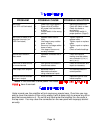
Page 13
There will most likely be a number of cables involved in the installation of your home
entertainment system. Pre-planning is essential in order to maximize system efficiency.
We recommend the following as a means of helping you reach that goal:
Make a diagram of your proposed system by laying out the relative location of
each component in the system. Then lay out the proposed cable runs between
them. Number each cable and record its length on the diagram for future
reference.
Cable runs are critical in that they must be kept away from sources of power
radiation (amplifiers, power cords, heaters, etc...). For the sake of safety, they
should also be kept out of traffic areas.
The process of optimizing the system will include the type of cable, the length of
the run, and the obstructions it must deal with along its run. Your dealer can
advise you on the products available and their relative merits. If building custom
length audio cables is not your strength, your dealer should be able to help you
with that as well.
When possible, use a separate AC power line for the amplifier, one that is not
shared by any other component in the system of any other house hold
component.
Before doing anything, ensure that the power switch on the amplifier’s front panel
is in the ‘off’ position. Again, it is recommended that you locate a separate AC
power outlet for the amplifier, one that is shared by any other audio
component in the system or any other house hold component. This will eliminate
the possibility of the amplifier ‘modulating’ the power being supplied to the
component and compromising the signal originating from that component.
Locate the AC power cord provided with the amplifier and plug it into the power
input receptacle in the rear panel.
Connect the audio cables from your preamplifier’s output to the corresponding
input connector on the amplifier.




